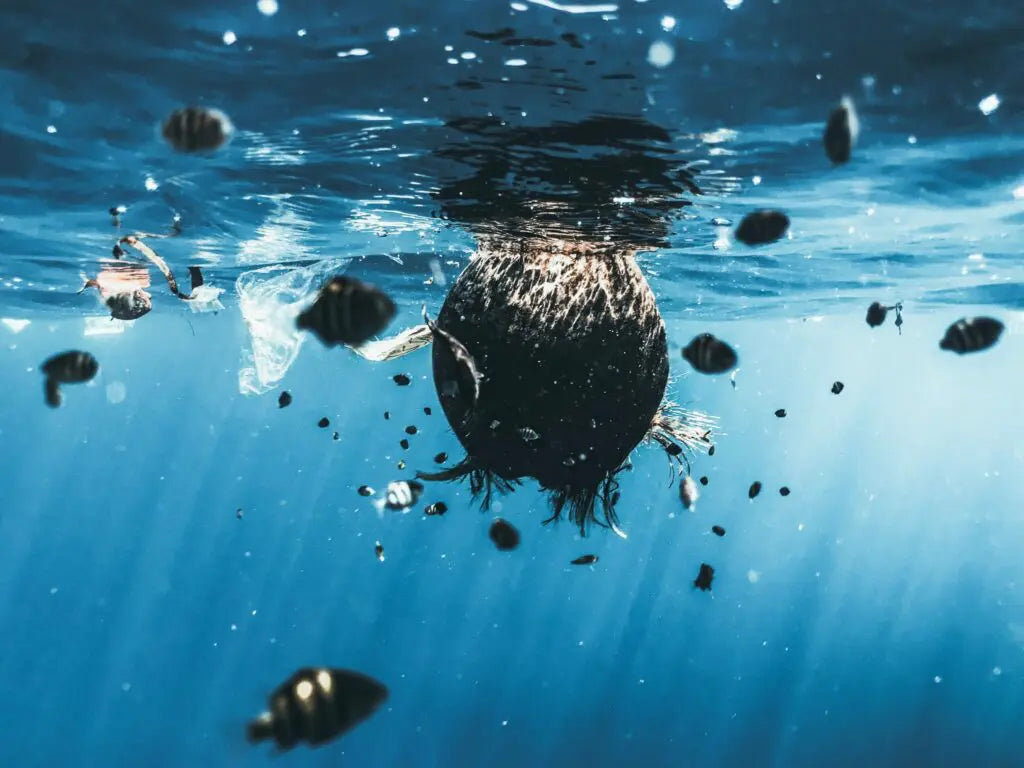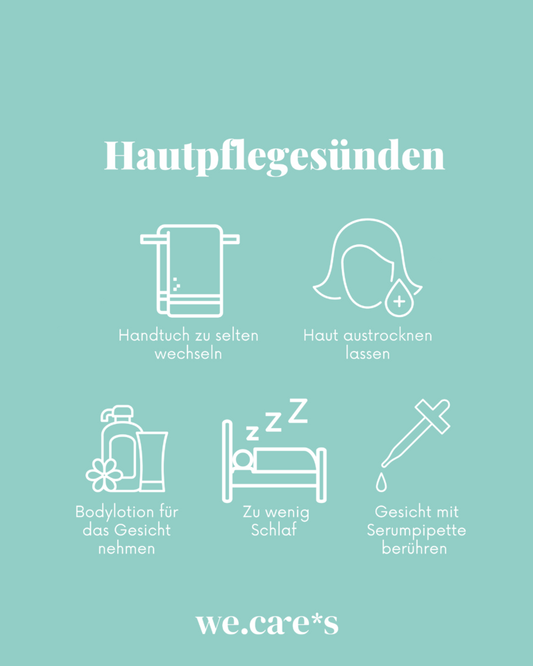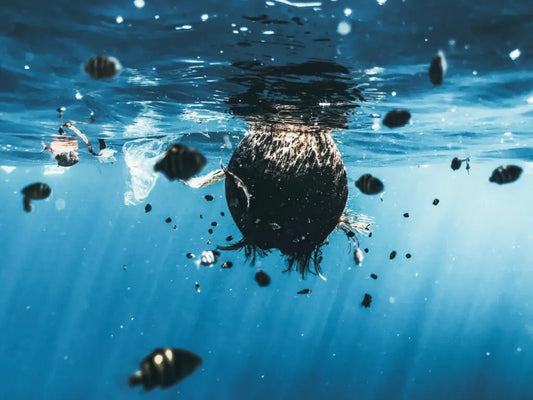Have you ever used a peeling that contains small beads? These can be of plant origin, but there is a greater likelihood that they are microplastics. Microplastics are tiny plastic items that are smaller than 5 millimeters. So they are not always obviously perceptible as with peeling. For example, lipsticks, creams and washing gels can contain microplastics in solid and liquid form without us noticing. Depending on the product, it can take on different functions. It serves as a softener or to bind ingredients.
You may be wondering why we at wecares do not use microplastics in our cosmetics, even though many other manufacturers use them. Very simple: Our environment is very important to us and we want to protect nature as much as possible. Plastic is very difficult to degrade and is in our environment for hundreds of years. The plastic ends up in the waste water when you remove make-up from your face or shower. Even sewage treatment plants cannot clean the water completely. This is how the tiny plastic particles get into our waters, where marine organisms absorb them and become ill. In addition, they even reach our air and fields through the sewage sludge. This is dangerous for us humans because we can absorb the plastic particles again through the food chain.
Microplastics are still often used in the cosmetics industry because they are very cheap. However, we believe that microplastics are easily avoidable and that ingredients of plant origin can be used instead. That is why our wecares organic natural cosmetics Made in Germany do not contain any microplastics. We also try to avoid using plastic as much as possible in the packaging. Our care is filled in sustainable glass bottles. You can find out whether a product contains microplastics with the CodeCheck app check over. Download CodeCheck now for free and enter wecares in the search field of the app to find out more about our ingredients.
The Federation for the Environment and Nature Conservation Germany e. V. has one on this subject shopping guide published and lists the most common plastics in cosmetics:
Polyurethane (PUR), polyacrylate (PA), polymethyl methacrylate (PMMA), polystyrene (PS)
Polyquaternium-7 (PQ), Polyethylene Glycol (PEG)*, Polypropylene Glycol (PPG)*
Polyethylene (PE), Polypropylene (PP), Polyethylene terephthalate (PET)
Acrylates Copolymer (AC), Acrylates Crosspolymer (ACS)
nylon 12, nylon 6,
*Poorly biodegradable compounds can be identified by values above 50 (eg PEG-120).
SOURCES:
Federal Environment Agency: Microplastics in cosmetics – what is that?
Greenpeace e. V.: Plastic in cosmetics
ÖKO-TEST: Cosmetics: The problem with liquid plastics
COVER PHOTO:








